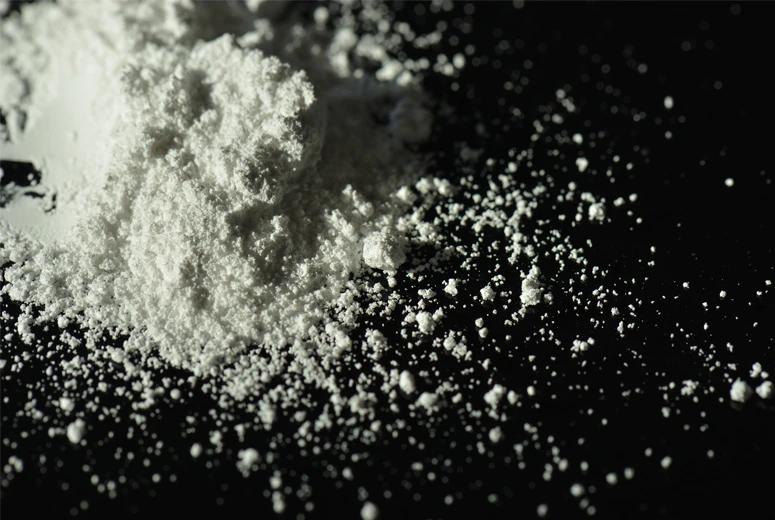Expertise in mica production is non-negotiable for suppliers as it directly impacts product performance
. Suppliers who invest in advanced research and utilize state-of-the-art technology in their operations can deliver mica in various grades and forms, tailored to specific industrial needs. For instance, aerospace and electronics industries demand high-purity mica for insulating applications, whereas cosmetic manufacturers seek finely ground mica for brilliance in makeup products. Suppliers with specialized knowledge can adeptly cater to these diverse requirements, confirming their prominence in the industry.


